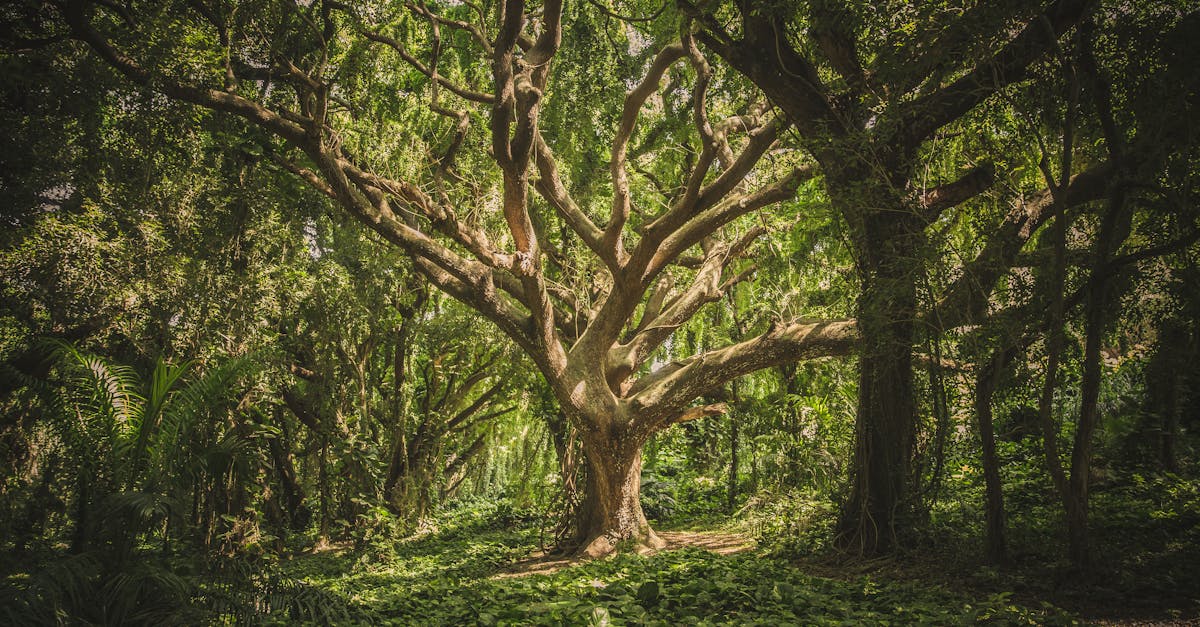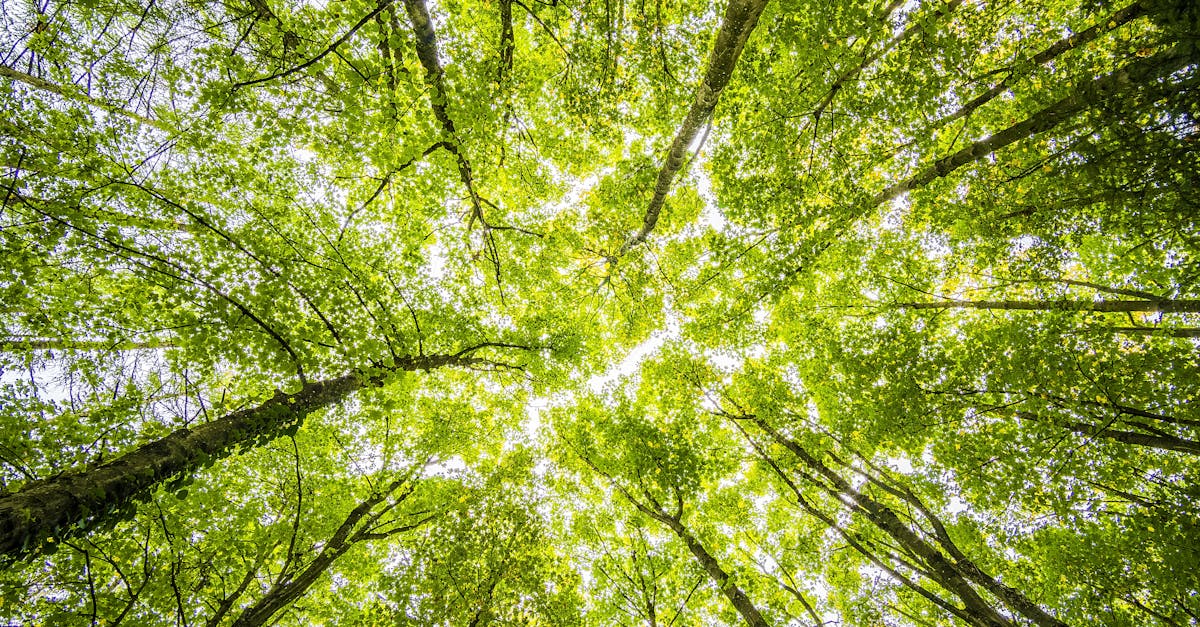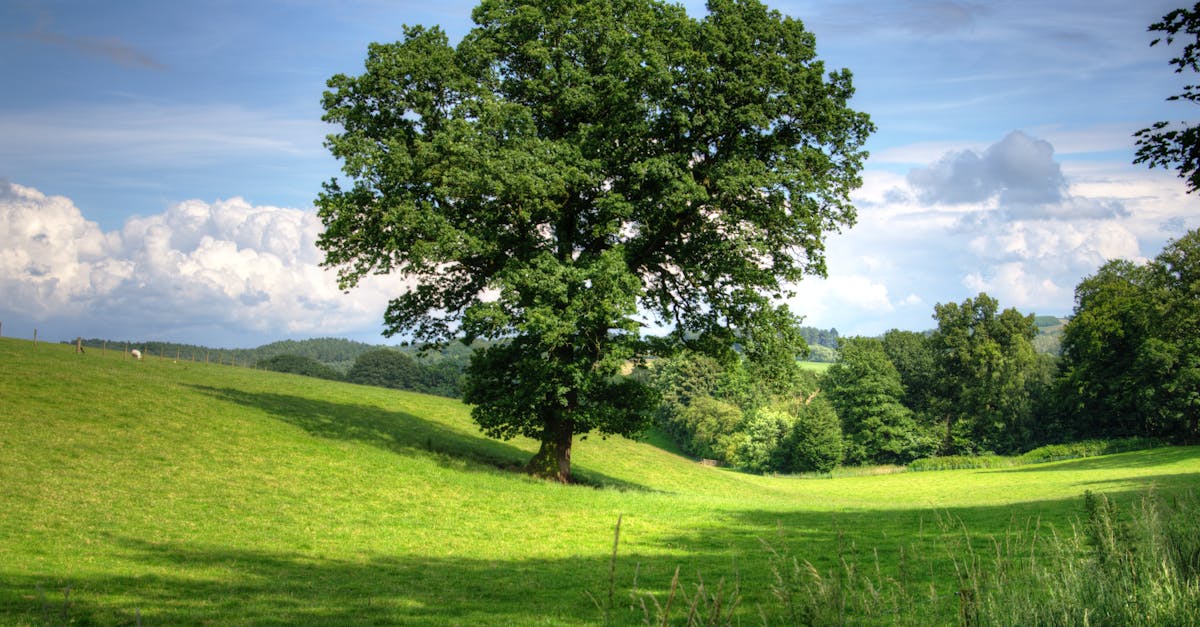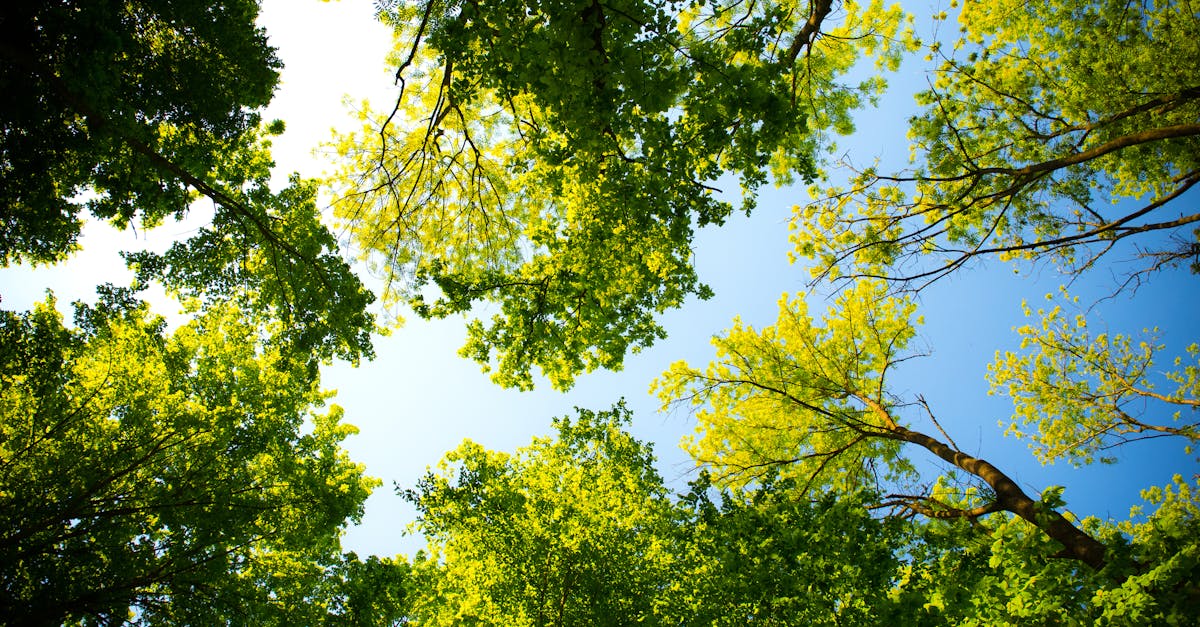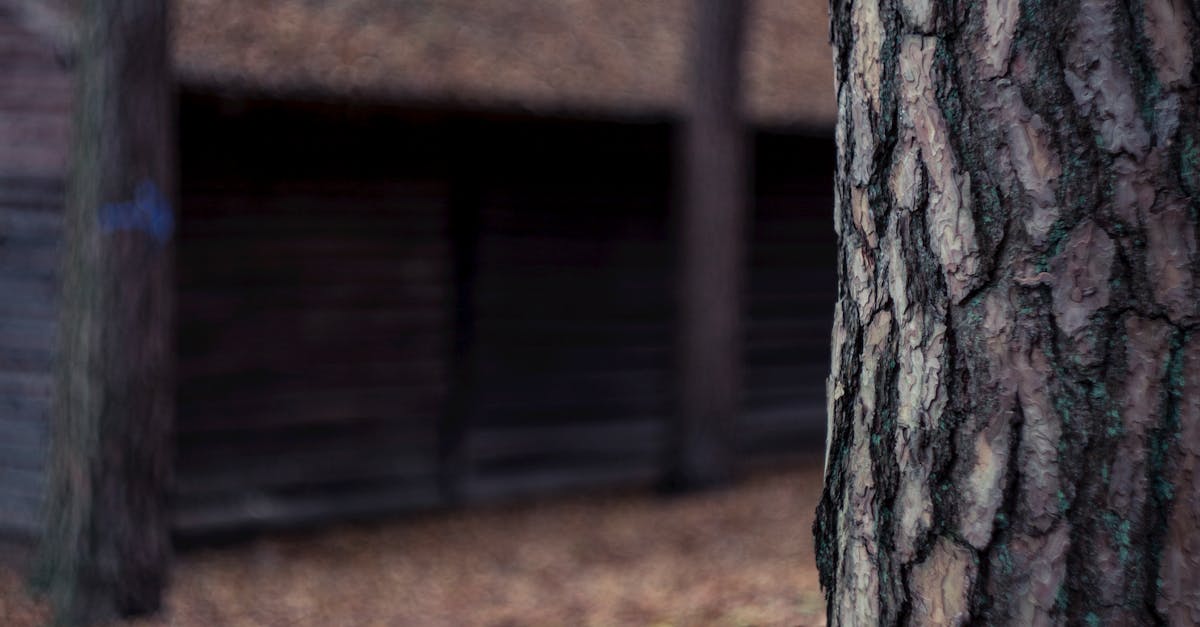
Removing the Tree Stump
When it comes to tree removal, one of the key steps is eliminating the tree stump to prevent regrowth. There are two main methods for removing a tree stump: digging it out manually or grinding it down using a stump grinder. For small stumps, digging them out with a shovel, pickaxe, and some elbow grease may be sufficient. However, for larger stumps or multiple stumps, using a stump grinder will likely be more efficient.
Tree Removal in urban areas may require special permits or professional assistance, especially when dealing with large trees that pose a safety risk. Before proceeding with stump removal, make sure to carefully assess the size and location of the stump to determine the best approach. Once the stump is removed, it is important to fill the hole left behind with soil to prevent erosion and create a smooth surface for replanting or landscaping.
Digging out or grinding the stump
For homeowners undertaking Tree Removal in their yards, deciding between digging out or grinding the stump is a crucial step in completing the task. Digging out the stump involves physically removing it from the ground, which can be labor-intensive and time-consuming. To start this process, you'll need a shovel, mattock, and ax to dig around the stump and expose the roots. Once the roots are visible, you can use a saw or chainsaw to cut them and free the stump from the ground. This method requires physical strength and patience but ensures complete removal of the stump.
On the other hand, grinding the stump involves using a stump grinder to break down the stump into small wood chips. This method is quicker and less physically demanding than digging out the stump, making it a popular choice for many homeowners. When using a stump grinder, it's important to follow safety precautions and wear protective gear. You can rent a stump grinder from a hardware store or hire a professional to do the job. Grinding the stump leaves the roots in the ground, which may decay over time. Consider the size of the stump, your experience level, and the time you can dedicate to the task when deciding between digging out or grinding the stump during Tree Removal in your yard.
Cleaning Up the Debris
Cleaning up the debris is a critical step following Tree Removal in order to maintain a safe and tidy environment. Once the tree has been dismantled and removed, there will likely be a significant amount of branches, wood pieces, and foliage scattered around the work area. Begin by gathering the debris and placing them in designated piles to ensure efficient disposal and prevent any tripping hazards.
After collecting all the debris, it is essential to properly dispose of the branches and wood. Consider recycling or composting the organic materials if possible. Wood from larger branches or trunk sections can be repurposed for firewood or other projects. Removing the debris promptly not only enhances the aesthetics of the landscape but also minimizes the risk of pests or decay that can result from leaving organic materials scattered around.
Disposing of branches and wood properly
Disposing of branches and wood properly after a tree removal is a crucial step in the process. Neglecting to handle this debris appropriately can lead to safety hazards and environmental issues. First and foremost, check your local regulations or contact a waste management service to understand the guidelines for disposing of tree remnants. Some areas have specific rules regarding the disposal of green waste, and it's essential to comply with these mandates.
One common method for disposing of branches and wood after tree removal is to use a wood chipper. This tool breaks down the debris into smaller, more manageable pieces that can either be reused as mulch or easily transported to a landfill. Additionally, consider using the wood for firewood if suitable. Recycling the tree remnants is not only cost-effective but also environmentally friendly, minimizing the impact of Tree Removal in the area.
Repairing the Landscape
Repairing the landscape after a tree removal is a crucial step to ensure your property looks neat and well-maintained. Tree Removal in this phase involves filling the hole left by the tree with soil and compacting it properly. This will prevent any uneven ground or potential hazards in your yard. After filling the hole, make sure to water the area thoroughly to help the soil settle and promote healthy turf growth in the future.
To further enhance the aesthetics of your landscape after Tree Removal, consider planting new grass or flowers in the area where the tree once stood. This will not only add a touch of beauty to your yard but also help in restoring the balance of your outdoor space. Additionally, adding fresh mulch or decorative rocks around the newly filled area can create a cohesive look and blend it seamlessly with the rest of your garden.
Filling the hole left by the tree
After the tree has been successfully removed and the stump taken care of, the next step in the process is filling the hole left by the tree. This is a crucial part of the tree removal process to ensure the safety of individuals and pets around the area. Begin by backfilling the hole with the soil that was initially removed when the tree was planted. This will help in maintaining the stability of the ground and prevent any hazards that may arise due to the empty space left behind by the tree. Additionally, compact the soil as you fill the hole to prevent any sinking or shifting of the ground over time.
Following the backfilling of the hole with soil, it is essential to consider replanting grass or other vegetation in the area to restore the landscape. Choose grass or plants that are suitable for the particular climate and soil conditions of your location to ensure successful growth. Water the newly filled area regularly to promote the growth of the vegetation and aid in the overall recovery of the landscape. By taking these steps, you can effectively complete the process of Tree Removal in a safe and efficient manner while restoring the aesthetics of your property.
FAQS
Can I remove a tree by myself?
Yes, you can remove a tree by yourself if you have the necessary tools, skills, and knowledge to do so safely.
What tools do I need to remove a tree stump?
To remove a tree stump, you may need tools such as a chainsaw, shovel, axe, and a stump grinder.
Is it necessary to grind the tree stump after cutting down the tree?
Grinding the tree stump is not necessary but is recommended as it can prevent regrowth and make the area look more aesthetically pleasing.
How should I dispose of the branches and wood after removing a tree?
You can dispose of branches and wood by either recycling them, using them as firewood, or hiring a professional tree removal service to take them away.
What should I do to repair the landscape after removing a tree?
To repair the landscape after removing a tree, you can fill the hole left by the tree with soil, plant new grass or plants, and add mulch or rocks for decoration.

